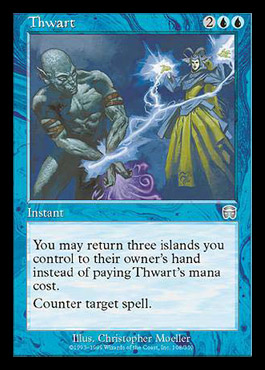
Males may forego denning, staying awake all winter. Males begin emerging from their dens in early April, while sows with new cubs may stay in dens until late June. Pregnant sows are the first to go to dens, males are the last. Kodiak bears begin entering their dens in late October. Kodiak bears become sexually mature at age 5 and can continue to produce cubs throughout their lives. Some of these subadults are the juvenile delinquents of bear society and are also the ones most likely to Over 25% of the cubs die before they leave, with cannibalism by adult males being one of the major causes of death.īears that have recently left their mothers, at ages 3-5, have a high mortality rate as they face the world on their own.

They enjoy relatively pristine habitat and well managed fish populations. Kodiak bear populations are healthy and productive. There are about 3,500 Kodiak bears a density of about 0.7 bears per square mile.On the islands in the Kodiak Archipelago and have been isolated from other bears for about 12,000 years. Kodiak bears are a unique subspecies of the brown or grizzly bear ( Ursus arctos middendorffi). The Technical Papers and Special Publications Series.CSIS – Community Subsistence Information System.Cultural and Subsistence Harvest Permits.

Subsistence and Personal Use Fishing Permits.Online General Season & Registration Permits.

Western Alaska Salmon Stock Identification Program (WASSIP).



 0 kommentar(er)
0 kommentar(er)
